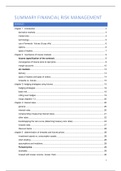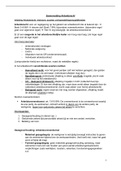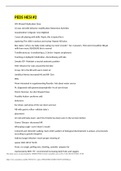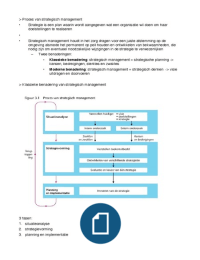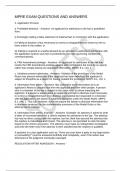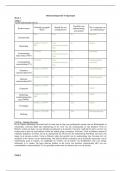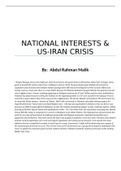Summary
Summary Financial Risk Management
- Course
- Institution
- Book
This is a summary for the course Financial Risk Management. The summary is mainly based on slides and notes from the lesson. If the slides were insufficient, I got extra information from the book and put it in the summary.
[Show more]
